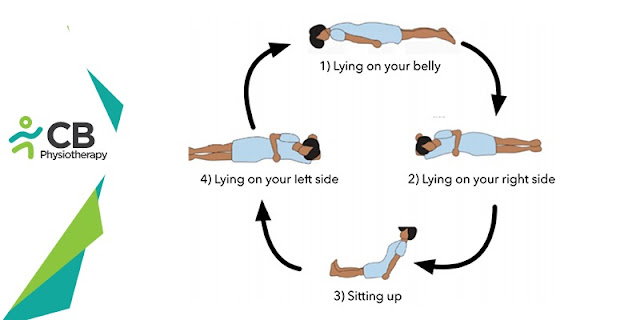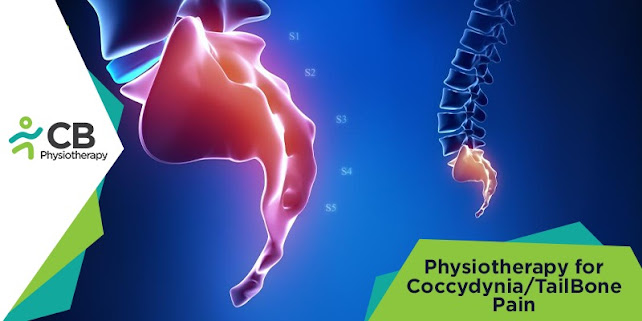Bringing Physiotherapist Home | Experiencing The Benefits Of In-home Physiotherapy Services In New Delhi
Convenience
One of the biggest benefits of in-home physiotherapy services is the convenience they provide. Patients who are unable to attend a clinic or hospital due to mobility issues, lack of transportation, or other reasons can receive physiotherapy treatment in the comfort of their own homes. This means they don't have to worry about traveling to appointments or arranging transportation, which can be particularly difficult for those with disabilities or chronic conditions.
Personalized Care
In-home physiotherapy services provide patients with personalized care that is tailored to their specific needs. A physiotherapist will assess the patient's condition and develop a treatment plan that addresses their unique needs and goals. This means that patients receive treatment that is specifically designed for them, rather than a one-size-fits-all approach that may not be as effective.
Reduced Risk of Infection
Another benefit of in-home physiotherapy services is that they reduce the risk of infection. In a clinic or hospital setting, patients are often exposed to a variety of germs and bacteria, which can increase the risk of infection. By receiving treatment at home, patients are not exposed to these risks, which can be particularly important for those with compromised immune systems.
Improved Outcomes
Studies have shown that in-home physiotherapy services can lead to improved outcomes for patients. This is because patients are more likely to stick to their treatment plans when they can receive treatment at home. In addition, patients often feel more comfortable in their own homes, which can lead to better results.
Cost-Effective
In-home physiotherapy services can also be cost-effective, particularly for those who require long-term treatment. By receiving treatment at home, patients can avoid the costs associated with traveling to appointments, such as transportation, parking, and time off work. In addition, in-home physiotherapy services may be covered by insurance, which can further reduce costs.
Increased Independence
In-home physiotherapy services can help patients maintain their independence. By receiving treatment at home, patients are able to continue with their daily routines and activities, which can be particularly important for older adults or those with disabilities. In addition, in-home physiotherapy services can help patients regain their mobility and strength, which can also improve their overall independence.
Improved Quality of Life
Finally, in-home physiotherapy services can improve the quality of life for patients. By receiving treatment at home, patients are able to maintain their relationships with family and friends, pursue their hobbies and interests, and generally enjoy their lives. In addition, in-home physiotherapy services can help patients manage pain, improve their mobility and strength, and reduce the risk of falls, all of which can lead to a better quality of life.
CB Physiotherapy is a well-known provider of in-home physiotherapy services in New Delhi. Their experienced physiotherapists provide personalized treatment plans for patients in the comfort of their own homes, at reasonable rates. They offer convenience, personalized care, reduced risk of infection, improved outcomes, cost-effectiveness, increased independence, and improved quality of life. If you or someone you know requires physiotherapy treatment but is unable to attend a clinic or hospital, consider CB in-home physiotherapy services as a viable alternative.





